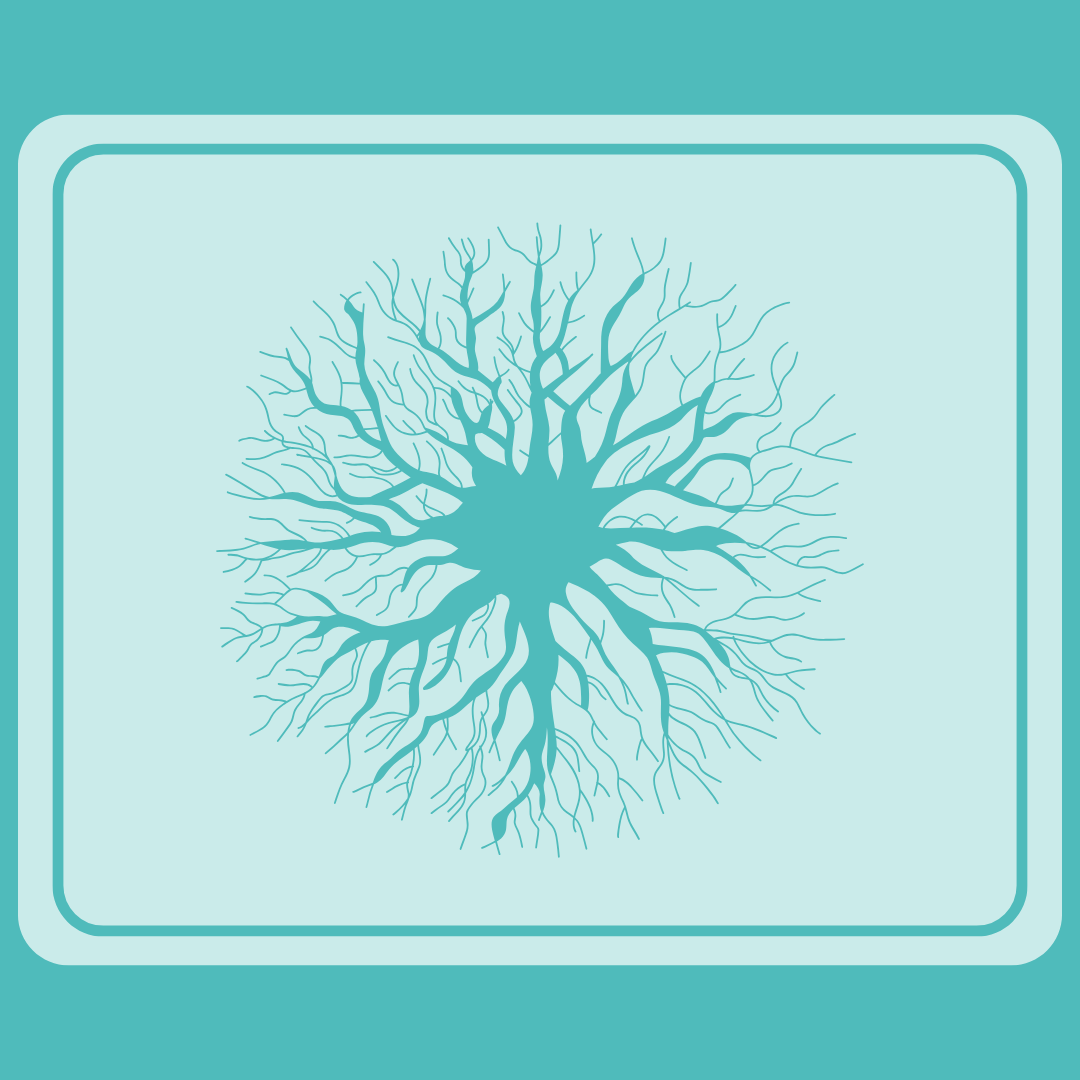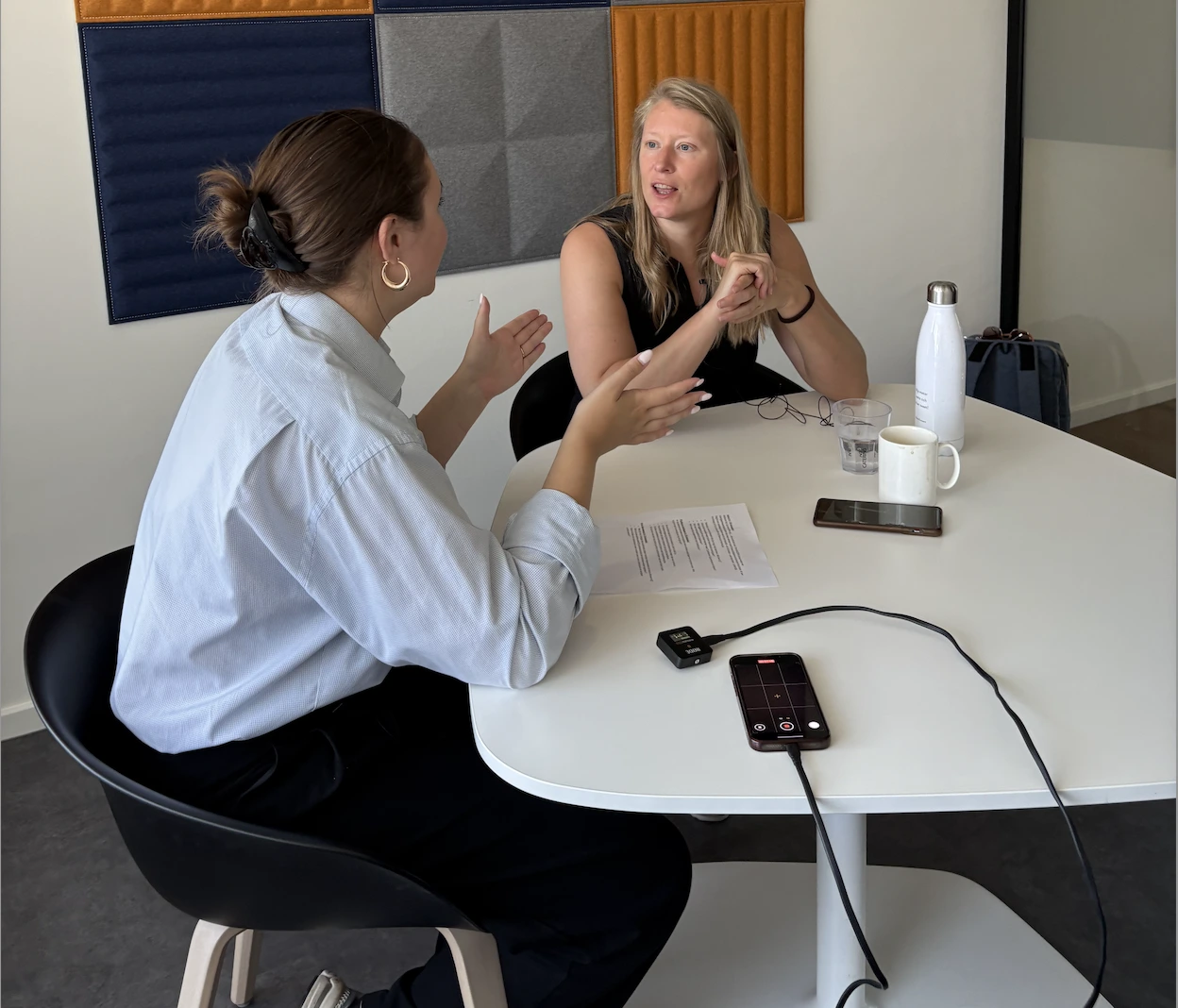
Blog
What If Customer Feedback Didn't Need Words at All?
How neuro-tools are transforming the way we understand customer experience.
How neuro-tools are transforming the way we understand customer experience
In today’s world of CX-surveys, feedback forms, and Net Promoter Scores, we’re constantly asking customers to explain how they feel. But what if we didn’t have to ask? What if we could see and measure their emotional responses in real time, without a single word?
In the latest episode of our podcast Op de koffie bij…, we sit down with Nanouk Verhulst, researcher at the VUB and co-author of “Neurophysiological frontiers in service research.” Along with Poja Shams, she explores how physiological responses like heart rate, facial expressions, and brain activity offer a whole new way to capture customer experience without relying on memory or interpretation.

The Problem With Traditional Feedback
Surveys and interviews give us one version of the story: what the customer remembers feeling. But emotions are fleeting, and memory is selective. As Nanouk points out: “You’re asking someone how they felt, not what they actually felt in the moment.”
This gap between felt experience and remembered experience leads to blind spots. Customers may rationalize or simplify their feedback, leaving emotional nuance behind. Neuro-tools help fill in that missing layer of truth.
The Science Behind the Signals
So what exactly are we measuring and why does it matter?
Neurophysiological measurement focuses on capturing involuntary bodily reactions that reflect emotional and cognitive states. These reactions occur within milliseconds and are not filtered by reasoning or social desirability, making them powerful indicators of what a customer truly feels.
Nanouk outlines four key types of neuro-data that offer these unique insights:
Heart rate & skin conductance: These metrics reveal levels of arousal: how excited, stressed, or emotionally activated a person is. For example, a spike in heart rate during a checkout process could indicate friction or confusion.
Facial expressions: Using micro-expression analysis and facial coding, we can detect fleeting emotional reactions like frustration, surprise, or delight. These are often too fast or subtle to verbalize but reveal crucial moments of truth in the customer journey.
Eye tracking: This shows what catches a customer’s attention and what doesn’t. Do they focus on the call-to-action? Are they lost in a complex interface? Eye movement data helps optimize layouts and visual flows.
EEG (electroencephalography): EEG measures brain activity and can signal cognitive load (how hard someone is thinking), engagement, and emotional valence (positive or negative experience). It's particularly valuable in UX testing or service design validation.
These tools allow researchers and businesses to follow the emotional journey of a customer in real time, uncovering high-impact moments that traditional methods would miss. The result is a richer, more accurate picture of customer experience, one rooted in biology, not guesswork.
Common Myths, Debunked
Still sounds futuristic? Nanouk debunks a few persistent myths:
❌ “Emotions can’t be measured.” → They can, and with growing accuracy
❌ “Only tech giants can afford this.” → Even smaller firms are starting to explore neuro-tools
❌ “People know what they felt.” → Not always and especially not under stress
In short: what feels like sci-fi is already being used in real-world research and even early business applications.
Why This Matters for CX
Moving beyond words unlocks powerful new opportunities for businesses that take customer experience seriously.
When we rely solely on surveys and feedback forms, we only access the rationalized version of customer experience filtered by memory, language, and social norms. Neurophysiological tools cut through that noise, providing direct access to subconscious reactions. This enables companies to:
Spot friction points that go unspoken: Customers might not mention stress or confusion during a process, but their heart rate or facial tension will reveal it.
Design for true emotional impact: Brands can test how different versions of a message, interface, or physical space feel, not just how they look.
Compare digital and human experiences: Are chatbots generating more cognitive load than live agents? Are self-checkout kiosks creating frustration? Now we can measure it.
Make decisions based on real behavior: Instead of relying on assumed preferences or broad personas, companies can anchor their strategy in how people actually respond in the moment.
In essence, neuro-insights bring a new level of precision to CX. It’s not about replacing traditional tools, but about enriching them. By adding this physiological layer, you move from assumptions to action, from feedback to foresight. For companies that want to lead in experience design. That’s no longer optional, it’s essential.
Ready to Rethink How You Measure Experience?
Want to dive deeper into the science behind customer emotion and hear it straight from the source?
🎧 Listen to the full podcast episode with Nanouk Verhulst on Spotify or YouTube
🔗 Connect with Nanouk Verhulst on LinkedIn
📘 Curious about the academic foundation? Check out the chapter Neurophysiological Frontiers in Service Research” in the book Handbook of Service Research Volume II, edited by Roland T. Rust and Ming-Hui Huang.



